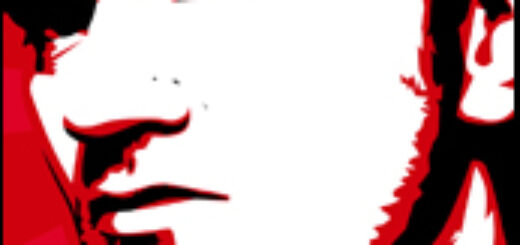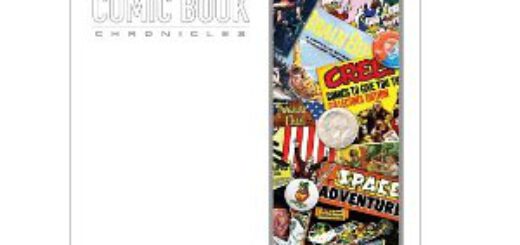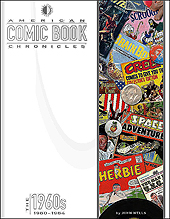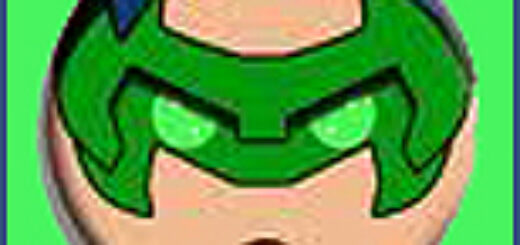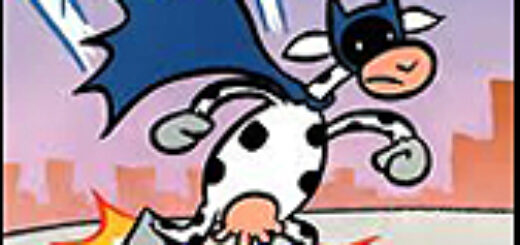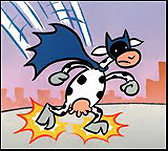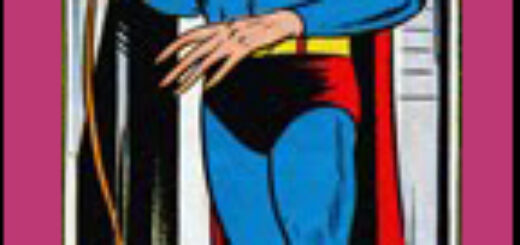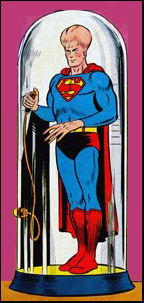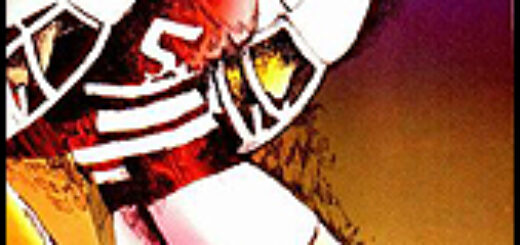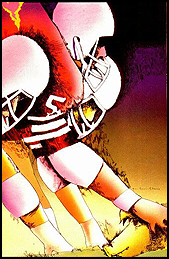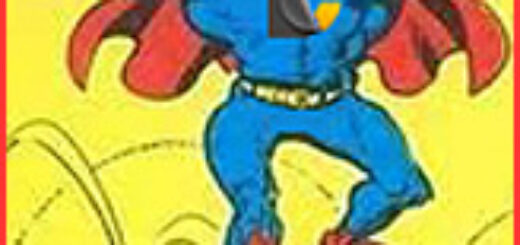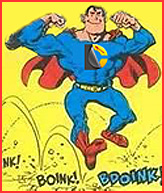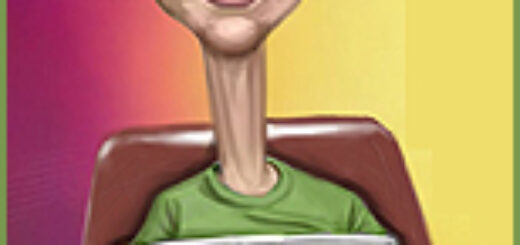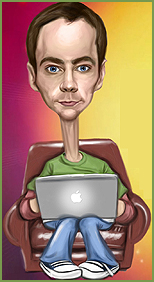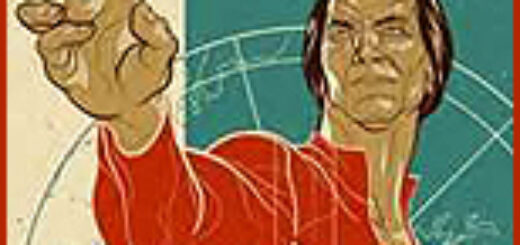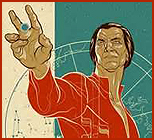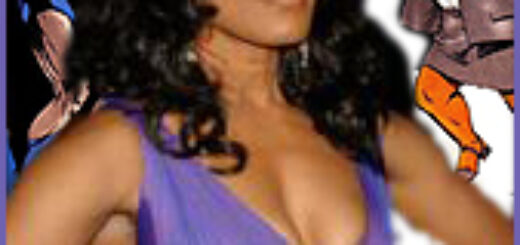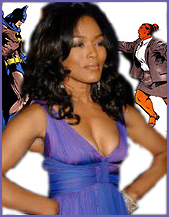Marc Alan Fishman: Pulp Fishman
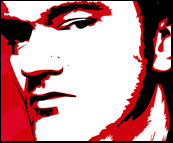 I’m gonna take a slight detour off my normal path this week, kiddos. Mike Gold and I like to e-mail one another every now and again. It just so happened that today Mike name dropped the Djesus sketch from SNL from last week. I told him I’d not seen it, as I was waiting to see Django first. Turns out having a toddler makes for a pretty house-bound social calendar. In his retort, Mike lamented “Django is great, unless you don’t like Tarantino. Then it’s ‘Tarantino.’” Oh ho! Sweet Mikey G. Me and QT go way back.
I’m gonna take a slight detour off my normal path this week, kiddos. Mike Gold and I like to e-mail one another every now and again. It just so happened that today Mike name dropped the Djesus sketch from SNL from last week. I told him I’d not seen it, as I was waiting to see Django first. Turns out having a toddler makes for a pretty house-bound social calendar. In his retort, Mike lamented “Django is great, unless you don’t like Tarantino. Then it’s ‘Tarantino.’” Oh ho! Sweet Mikey G. Me and QT go way back.
Long before we were Unshaven Comics, Matt Wright, Kyle Gnepper and I were just bros. And prior to making amazing comics, we just read ‘em. Amidst the angst, part time jobs at local retail establishments and foodatoriums, we wasted our ample free time with movies, anime, video games, and comics all to help us find our way through the world. Nothing spoke to me in these tumultuous times more than the films of one Quentin Tarantino.
Somehow, his pop-culture drenched films permeated my mind in a wash of “too cool for school” attitude, and “fuck the system” structure. I wholly thank Kyle for introducing me first to Reservoir Dogs, QT’s take on a heist film. Here, I was left dumbstruck over the simplicity to it all. Over 99 minutes, we stay largely in a single location. There’s no massive chases, or hyperbolic action sequences. And best of all? No chicks getting in the way. OK, so it’s not a perfect flick. However, to a 16 year-old it’s practically soft-core porn. Everyone swears. Everyone has a gun. No one backs down. And Harvey Keitel suggests tacos. And it does it all with a wit and charm that required nothing more than snappy dialogue and expressive eyes.
I did not get to see Pulp Fiction in the theater. Knowing what I did about Dogs was enough; I promptly traded in some shekels for a VHS copy the second I could. In some weird way, I’d like to think this was exactly how Quentin would have wanted me to partake of his (then) magnum opus. I freely admit that I literally wore the tape out from watching and re-watching it. More-so than Reservoir Dogs, Pulp Fiction was visceral style etched on to magnetic tape. Strictly speaking of the story alone, a teenage me got ruthless mobsters, ass watches, defeated boxers, sexy women, Mr. Pink as Buddy Holly, and most important, a dose of story by way of character, not plot device.
To a point, yes, much of the film is a meandering tale of cause and effect. But better than the action-and-gangster driven drivel my young mind was accustomed to, Pulp Fiction (Jackie Brown and Dogs as well) was a universe unto itself. As Roger Ebert noted in his reviews “A lot of movies these days use flat, functional speech: The characters say only enough to advance the plot. But the people in Pulp Fiction are in love with words for their own sake.” In short? The characters of the film were me and my kind. And better than my other deity-of-the-day, Kevin Smith, each person in QT’s films were individuals with individual drives. And don’t worry, I’ll talk about my love affair with ole’ Kev soon enough. As Alton Brown might say, “That’s for another show.”
If there is a point here in my one man circle jerk session, it’d come right down to Ebert’s aforementioned point. Beyond anything I’d seen or read up unto that time (comics included), characters in my fiction were always essentially empty vessels I could place myself into. In comparison to those heroes of my childhood, He-Man, G.I. Joe, and even the animated Teenage Mutant Ninja Turtles were merely placeholders and plot movers. Tarantino’s films showed me a world where there was no room for me on screen. Vincent Vega was a cool, mysterious mob hit man who had come back from a vacation into a world of troubles. Mr. White was a hardened, loyal criminal with a past so chock full of vitriol, a lesser director would still be presenting us with prequels. And if you could find an inch of room to move inside the mind of Beatrix Kiddo? Well then you’re a better man than I.
In the post-modern world, I freely admit to the rafters that my own modern fiction was inspired first by Quentin Tarantino. And while masters like Waid, Morrison, Busiek, and Moore would soon lay claim to the rest of my influence CV, it was QT who started the big ball a rollin’ down the hill. His ability to fill worlds, to allow those worlds to breathe, and to realize that A lead to B, but not because the hand of God requires it… remains a breath of fresh air amidst rotting garbage. While I no longer need to proclaim him a lord of creation anymore, I can admit true admiration for a new-era genius of modern fiction. Tarantino mastered the art of homage, and proved that the stories that molded us can give birth to new creations unto themselves. Surely anyone looking at my own Samurnauts will see nothing more than a bearded QT-phile playing in the sandbox built by years broiling away under the heat of after-school cartoons.
Now I’m hungry. Let’s go get a taco.
SUNDAY: John Ostrander
MONDAY: Mindy Newell

